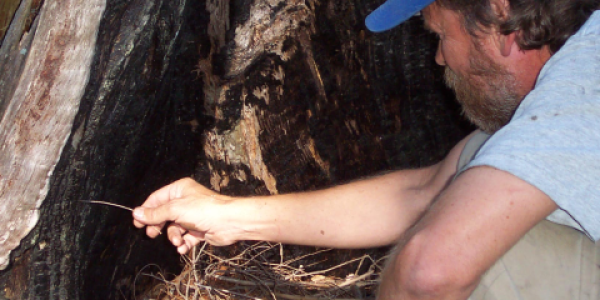Loess are silt-sized particles deposited on the Earth's surface by winds. Extensive loess deposits formed during the Ice Ages in areas bordering large, continental glaciers. Paleosols are past soil horizons preserved in a geologic section, indicative of changes in variables such as temperature and precipitation. These deposits provide some of the most dramatic examples of changes in climate and the effect of processes that shape the landscape. Successive layers are often analyzed to provide a history of long term wind behavior and surface processes.

Accessing Data at the World Data Service for Paleoclimatology
Search Loess Data
Search through loess and paleosol studies using Investigator, Title, Location Name, Parameters, and Latitude/Longitude Bounds.
Search All Paleoclimatology Data
Access a free text search of our entire archive.
Interactive Map
Select study locations by region, proximity to a point, or text-based attributes.
Google Earth Map
Locate and download loess and paleosol studies using a Google Earth map interface. Google Earth must be installed to use this search tool.
NCEI Paleo Web Service
Use the NCEI Paleo Web Service to access loess and paleosol study metadata records.
Browse Loess and Paleosol Datasets
Contributing Data
To contribute to the loess archive, review our instructions for contributing data. Prospective data providers can email paleo@noaa.gov to submit data and study description information.
Other Resources
- Dust Indicators and Records from Terrestrial and MArine Palaeoenvironments (DIRTMAP) Database
- An initiative to produce a data compilation of dust deposits from the Last Glacial Maximum, Holocene, and Modern periods.



